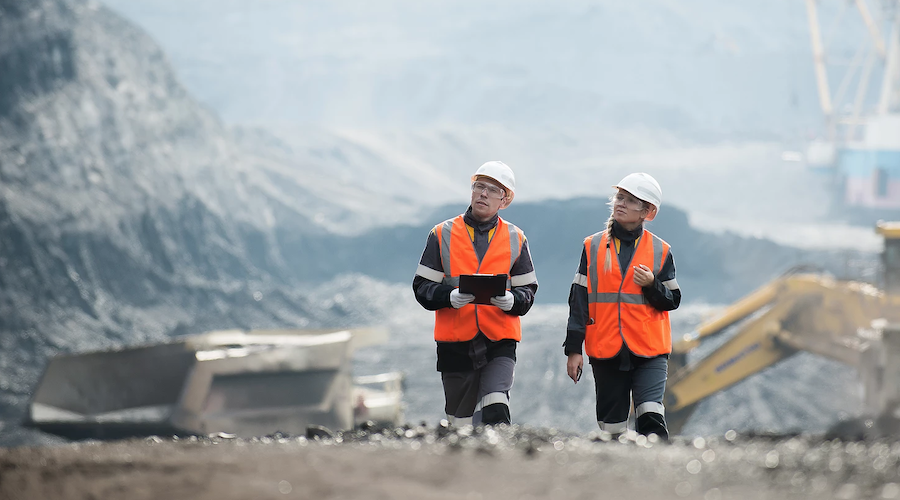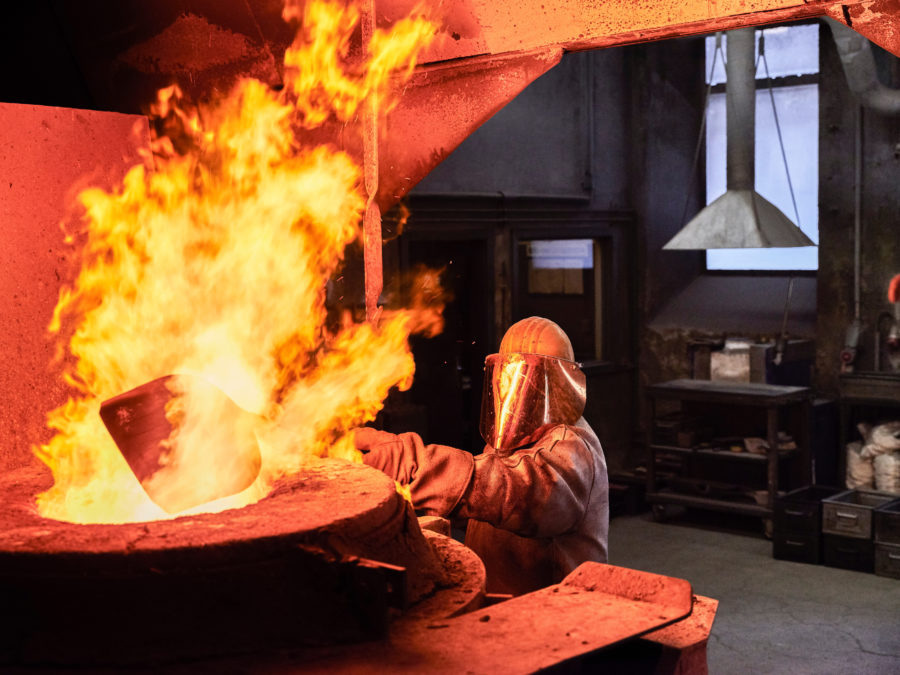More transparency, data usage expected from the mining industry of the future — report

Perth-based consulting firm Sandpit Innovation and global crowdsourcing platform Wikistrat published a report in which they explore the mining industry’s future in the age of social awareness.
The report was prepared after engaging an interdisciplinary crowd of 90 experts from the fields of mining, innovation, disruptive technologies, and futurism who generated more than 70 scenario proposals over the course of eight days.
The simulation combined the insights of the experts on how they envision the mining industry in 2030, followed by a voting round to determine the most likely scenarios.
Employees in mining firms are expected to demand new norms in which information sharing is not avoided but promoted to gain public support
Main findings in the report are that increasing demands for transparency from the public and investors, matched with advances in information technologies and rising competition over talent will lead employees in mining firms to demand that management accept and apply new norms in which information sharing is not avoided but promoted to gain public support.
“The shifting social norms within the mining industry, accelerated by digital technologies that will better connect communities to miners, will lead to a new normal in which mining firms will adopt a corporate culture that focuses on restoring and gaining the trust of local communities by providing them with access to information in real-time,” the review states.
According to the report, such transparency is also a must-have when it comes to decision-making. This open-access scenario also sees more automation and data usage, whose value and demand are expected to grow. “As a result, mining firms will create value based on their ability and potential to fulfill such requirements beyond the traditional economic performance indicators,” the analysis reads.
The change in norms and the way things operate is expected to reflect demands not only from employees, communities and regulators but also from the public, as end-consumers are likely to be raising the bar and demanding commitment to Environmental, Social, and Corporate Governance standards.
“The crowd’s primary recommendation to industry executives was to understand that now is the time to experiment, take an active approach, and increase the number and investments in projects that are aimed at achieving better ESG objectives via the use of new technologies, adoption of new norms, whilst seeking to achieve higher transparency,” the report states.
Technological shifts and Tier II miners
Even though new technologies are considered key to keeping the industry current, the experts do not see major risks related to the disruption of the mining sector by Silicon Valley-type companies.
“While the crowd suspects that the ‘Tesla-ization’ trend will spill over to the mining industry sooner rather than later, the majority of participants don’t perceive it as an existential industry threat (a Kodak-type disruption). Instead, they viewed it as the emergence of a new type of actor alongside the traditional Tier I firms.”
In detail, the experts consulted believe that Tier II mining companies will be likely adopting digital technologies at a faster rate and, thus, will use them to improve production while, at the same time, decreasing costs and reducing their environmental footprint.
“A new set of technologies will help smaller companies to tap and explore areas that were considered not profitable, opening the market to new deposits and increasing productivity and efficiency, creating a market that is highly proliferated with new suppliers in comparison to today’s situation,” the report reads. “This trend is likely to accelerate as the prices of raw materials such as copper, zinc, gold, and uranium continue to increase.”
Remote operations
Spurred by the covid-19 pandemic, mining companies, especially junior firms, are likely to develop remote operations of mobile mining equipment, which may eventually become autonomous.
“This trend, combined with the developments in data aggregation and analysis of fuel consumption, is likely to provide Tier II mining firms with the ability to reduce costs and extract minerals at a higher efficiency,” the document states. “The crystallization of this new normal will happen when the movement from remote work to complete automatization of work starts to take place. As less labor will be required to operate mining equipment, Tier II mining firms will increase the use of technology companies that offer SaaS products, with a focus on remote and autonomous operations.”
In the view of those consulted by Sandpit Innovation and Wikistrat, the use of digital technologies will also allow Tier II mining firms to use their size as an advantage when streamlining operations, equipment maintenance, and supplying spares to the mine sites.
“In addition, participants developed scenarios in which Tier II companies will operate new circular business models that will use the data collected to reduce the environmental footprint of their products, allowing them to brand themselves as innovative and green in comparison to tier one firms that will be slow to adopt the new technologies.”
{{ commodity.name }}
{{ post.title }}
{{ post.date }}



Comments